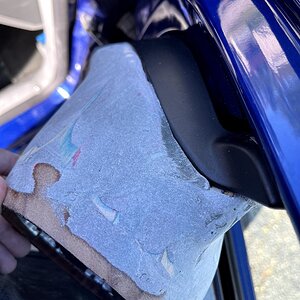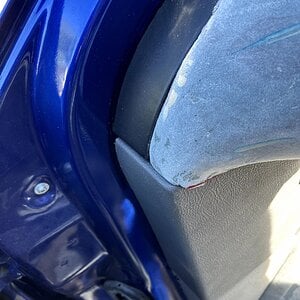loopkiller 10+ year member
PERMA-BANED
- Thread Starter
- #31
Actually the same exact wiring would still apply, it would just be that WIRE 2 and WIRE 4 would be much longer. Also, the distribution block would become more logical with a multi amp setup.Let's say I am going to run both of my batteries up front under the hood.. then wiring up the negatives together should not be a problem but do I even need to do that? is there different wiring diagram if I have 2 batteries up front?
Yes, most 1/0 awg wire I have seen is rated to 300A, so all fuses on 1/0 awg wire should be 300A fuses. The only time this would change is if your wire was rated something other than 300A.I plan to fuse everything just like you showed/explained in the picture.. I am going to use 1/0 gauge wire so I guess I should have 300A fuse on all of the fuse holders? I will be powering a kicker zx2500.1..
First things first, always fuse based on the wire capacity rating. You choose the wire based on the current draw, then fuse based on the capacity of the wire. So in your case, you have a 250A alt, you will need 1/0 awg wire, and 1/0 awg wire is usually rated up to 300A, so you will need a 300A fuse.this is a off topic question- I am wondering if you could tell me which size fuse should I use to put in the wire between my 250A HO alternator and front battery's positive post? should it be 250A or should I just get a 300A because 250 might be too close and it might blow if the alternator produces more power somehow?
There are some differing opinions on fusing the alt charge wire. I usually choose to play things safe and fuse every wire that connects to a POS+ battery post. For this wire, I would fuse as close to the battery as possible. An additional fuse at the alt end is another possibility. We have had some discussions here on the board about that extra fuse and we have not found a sound conclusion IMHO. That topic is still up for discussion.


